|
If you’ve been following my blog, you will know that I spent much of last year exploring more of the Czech Republic than I’ve done in a while. I visited many places for the first time that had long been on my list, and I also revisited some of my favorite places, such as Cesky Krumlov.
But autumn brought a spike in COVID cases, and travel was restricted again. So I continued my “travels” within Prague, visiting neighborhoods I had never visited (or had never “studied”). One of them was Orechovka, through which you’ll likely pass if you go to the airport by taxi and one which I’ve always loved the look of.
On a clear, sunny, very cold day between Christmas and New Year’s, I visited this well-to-do area in Prague 6, just behind Prague Castle. It was more fascinating than I could imagine. A NEW QUARTER FOR A NEW DEMOCRACY
Orechovka, located where a former Baroque chateau and garden once stood, is filled with 1920s and 30s apartments and villas. The former chateau and garden were destroyed by artillery in the so-called “Austrian Heritage War,” and the names of the streets, such as “Artillery Street” (Delostrelecka), reflect this history.
When the new democracy of Czechoslovakia was founded in 1918, there was a need for housing for government officials who would ultimately staff the new ministries that were about to be established, and the area where Orechovka is now was chosen, probably due to its proximity to Prague Castle and the seat of Czech power.
A tender was held for architectural proposals for a garden city of homes. The tender had many specifications, mainly concerning the sizes dwellings and the percentages of each size. But a variety of architectural styles was also required in order to avoid monotony. As an additional measure, more than one winning architect was selected to further ensure diversity.
The result was a mix of cottage-style houses like those found in English garden towns and Czech “Rondocubist” houses. Surrounding these apartment dwellings are large villas in Dutch, modernist, Baroque Revival and other styles. Orechovka became a one of the best places to live after its founding up until WWII, and many artists were drawn to the area because of its peace and quiet. A THRIVING COMMUNITY CENTER
The tender also called for a central square, which is currently named Machar Square after the poet who lived in the area. On its north side is a central building which was the commercial and social center of Orechovka. To me it is reminiscent of the shopping centers found in towns on Long Island, New York State and New England. In its heyday it contained a cinema, shops, markets, a restaurant, a café, doctors’ offices and later a dance hall, library and post office. The cinema, which has an Art Deco interior, was operating until recently. I hope that this treasure will be preserved and reopened.
ENGLISH COTTAGE-STYLE HOUSES
From the shopping center you can walk down Spojena Street, where you’ll get your first look at some very interesting English cottage-style houses.
CZECH RONDOCUBISM
From there you’ll reach Delostrelecka and Klidna (“Calm”) Streets, which form a triangular square where they intersect. On these two streets you’ll find some of the most interesting and colorful Rondocubist houses in Prague.
Rondocubism is a unique Czech style of architecture and is one of my favorites, and maybe these photos will show you why.
LOMENA STREET - VIRTUAL ENGLAND
The next variation in architecture is found on Lomena (“Angled” or “Broken”) Street, which, yes, takes a couple of angled turns. This street, more than any other, looks like an English suburb. Its houses, built in 1920-22 are modeled on houses in the English garden towns of Bedford Park and Letchford Gardens.
Standing at the corner with Pod Vyhlidkou Street and looking down Lomena, you can’t help but think you’re in England. It brings to mind a newsreel or film from the UK. In fact, many movies filmed in Prague that are set in England are filmed on this street, with none the wiser, for that reason!
ARTISTS' VILLAS
Walking east and then south on Lomena, you come to Na Orechovce. Turning right, you’ll begin to see lots of large villas with varying styles, including Baroque Revival, Art Deco, Modernist and more. Crossing Na Orechovce and walking east on Cukrovarnicka and west on Na Drackach, you’ll pass many homes that belonged to famous Czech artists.
These include the modernist villa of sculptor Bretislav Benda, the home of poet and novelist Machar for whom the main square is named, and the villa of Vaclav Spala, one of the Czech Republic’s most well-known and collected artists of the early 20th century. He hired his colleague from the art association, architect Otokar Novotny, to design his house which had living quarters for Spala and his family as well as a studio for his work.
The Dutch-style house with its red brick façade is unusual in the Czech Republic. Next door to Spala’s house is the home of painter Alfred Justitz. Though it is also made with red brick, it was done by a different architect.
Finally we come to the home of painter and writer Vaclav Fiala, pictured below.
TOURS AND MORE
I hope you've enjoyed this virtual visit to Prague's Orechovka neighborhood. Even though this post has covered lots of houses and styles, there's a lot more to see in the area. I certainly hope that travel returns soon, and if you'd like to tour this area when you come to prague, please contact me and we can arrange it!
In the meantime, be well.
0 Comments
Your comment will be posted after it is approved.
Leave a Reply. |
YOUR DONATION HELPS ME KEEP THIS BLOG GOING.
Even a small donation will help and is much appreciated! Consider making a donation today!
AuthorI am an American who has been living in Prague for two decades. After a long career in international finance, I left the business world to pursue other interests. I now work as a writer, mentor and guide to the city. Archives
June 2024
Categories
All
|
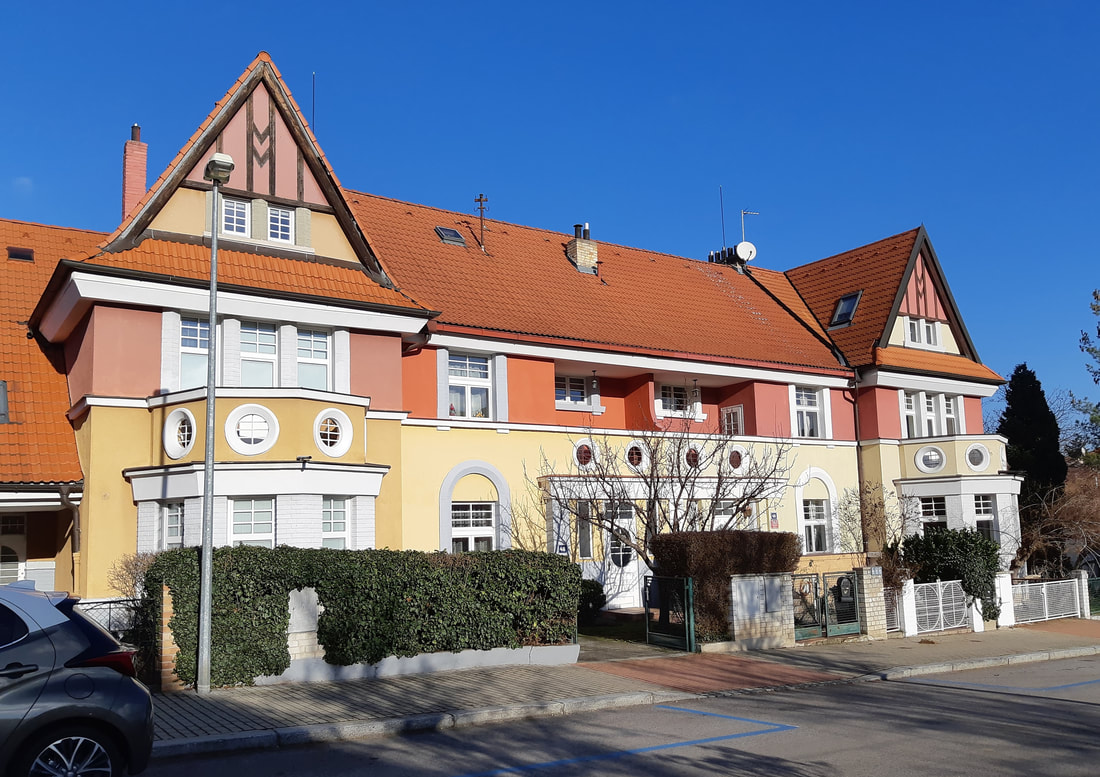
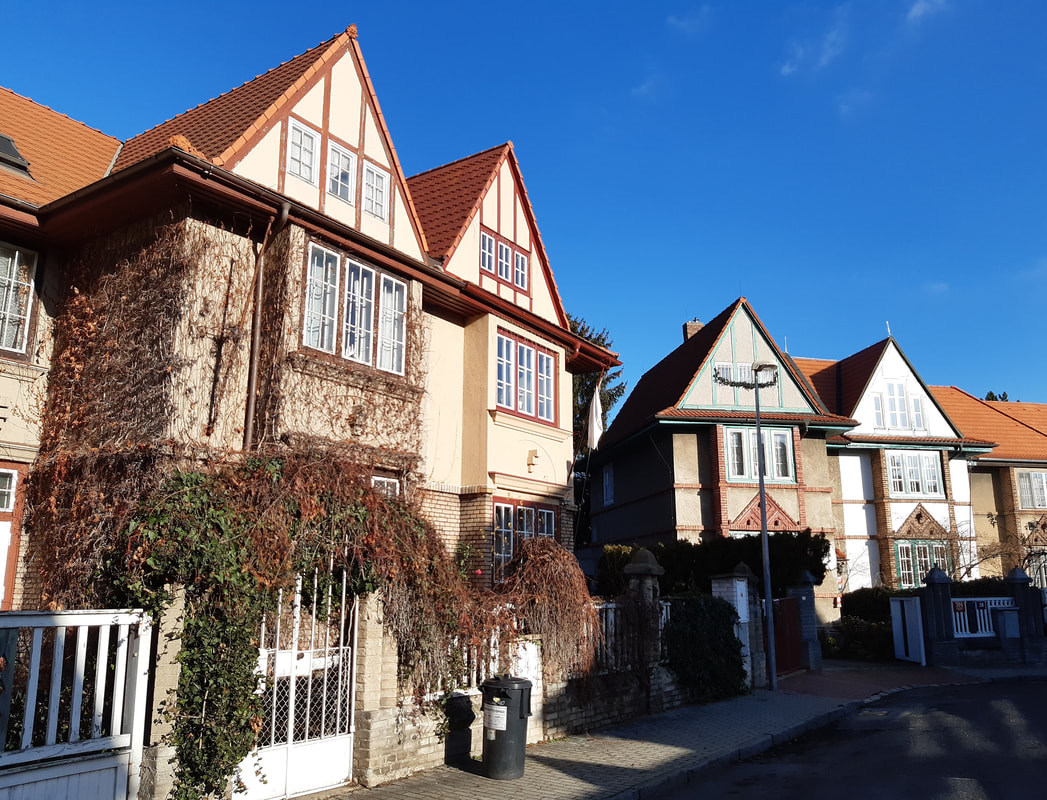
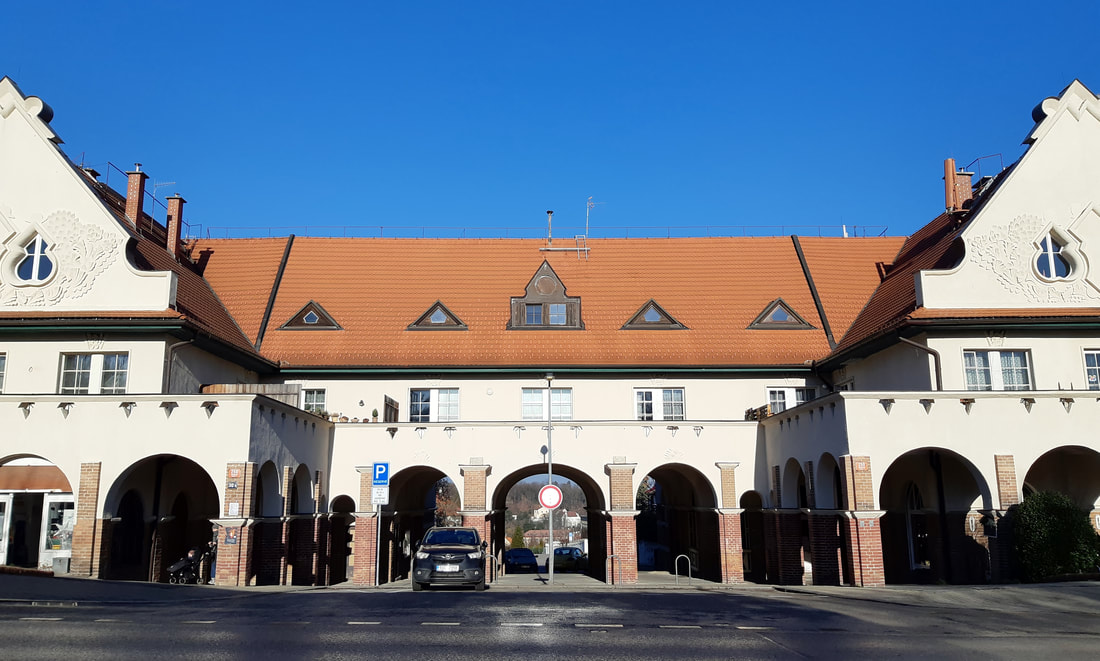
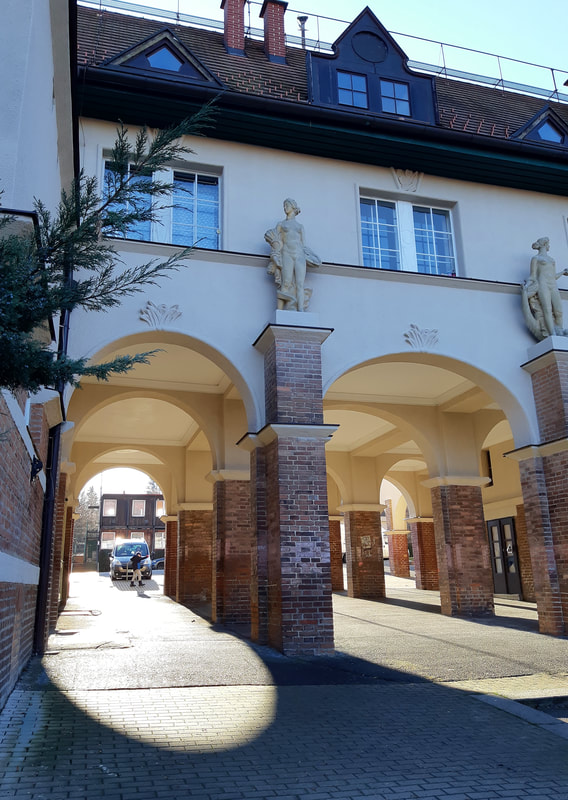
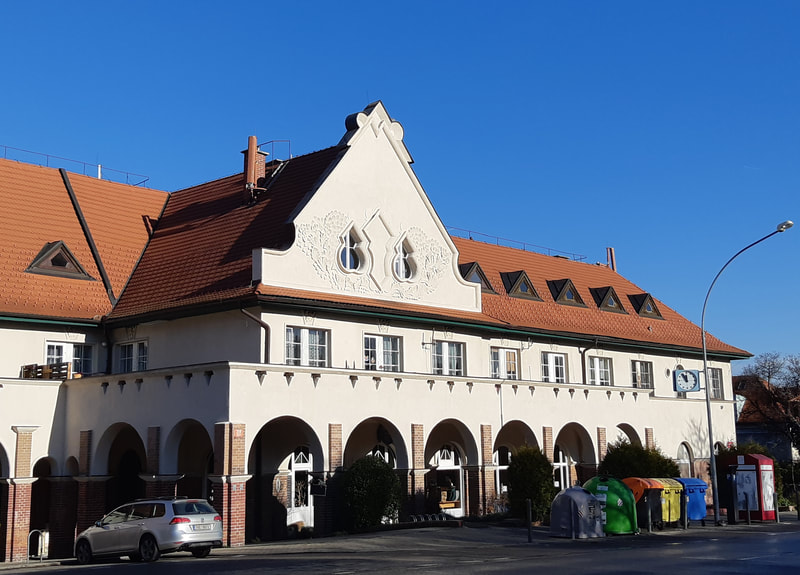
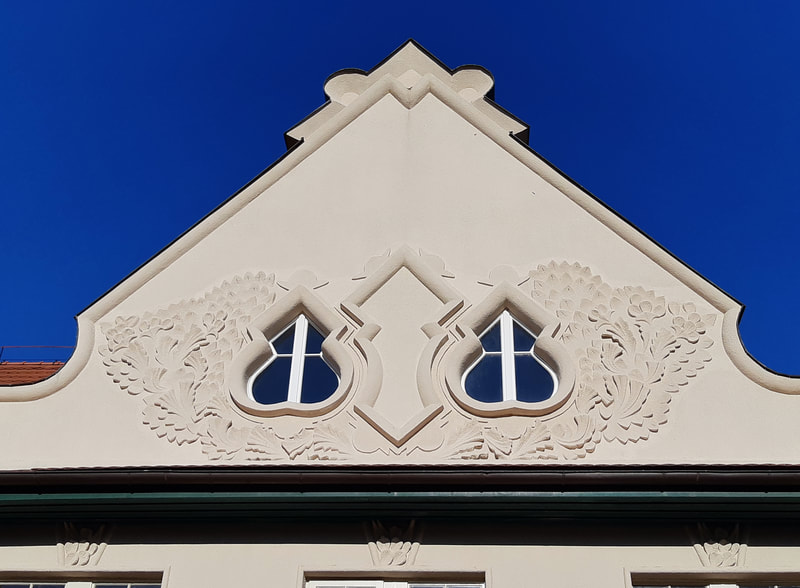
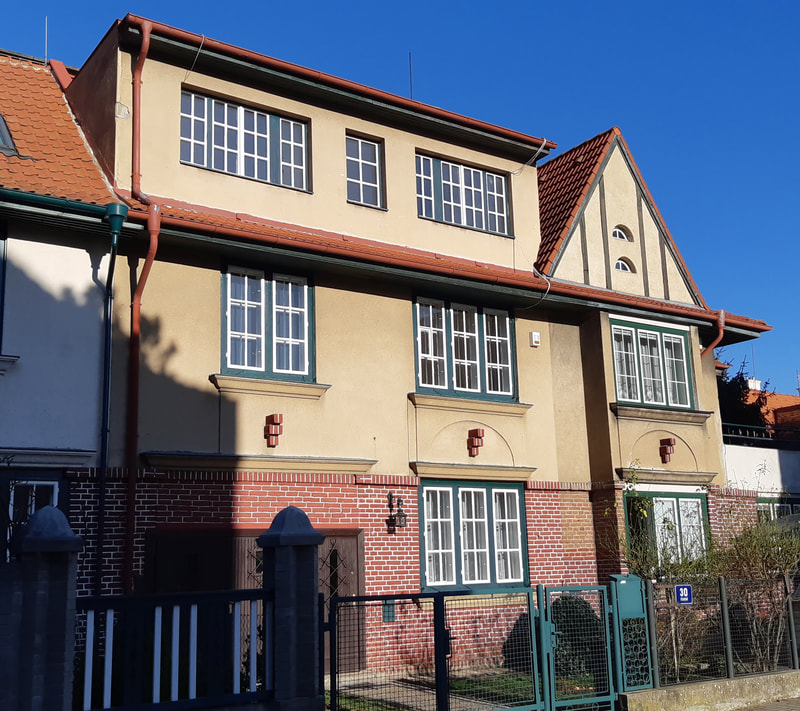
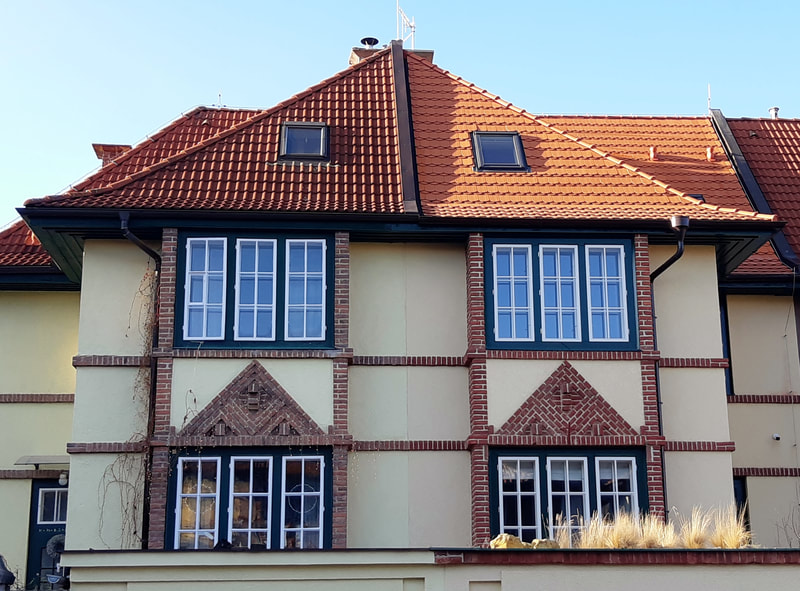
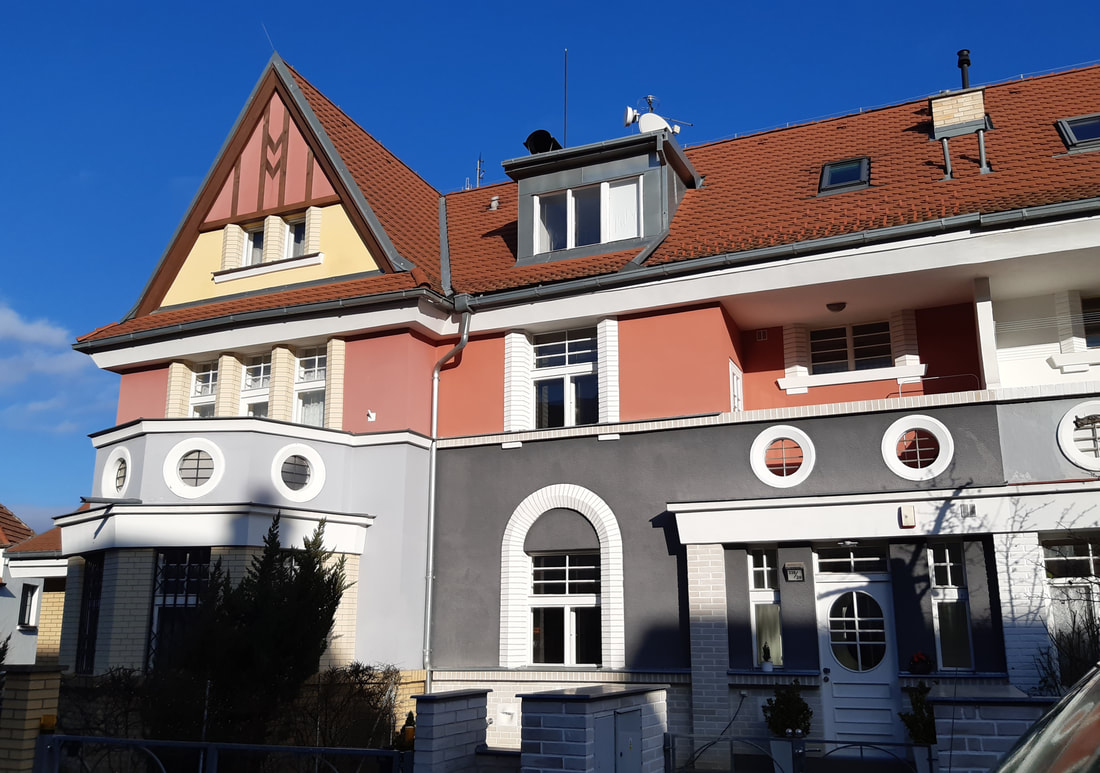
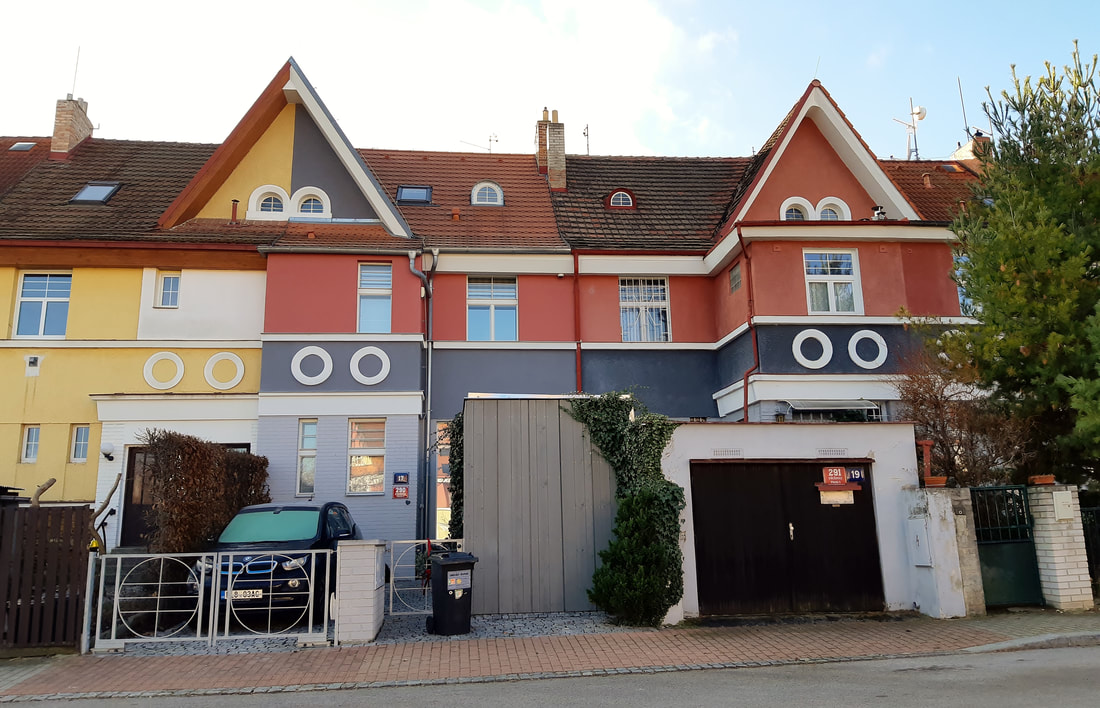
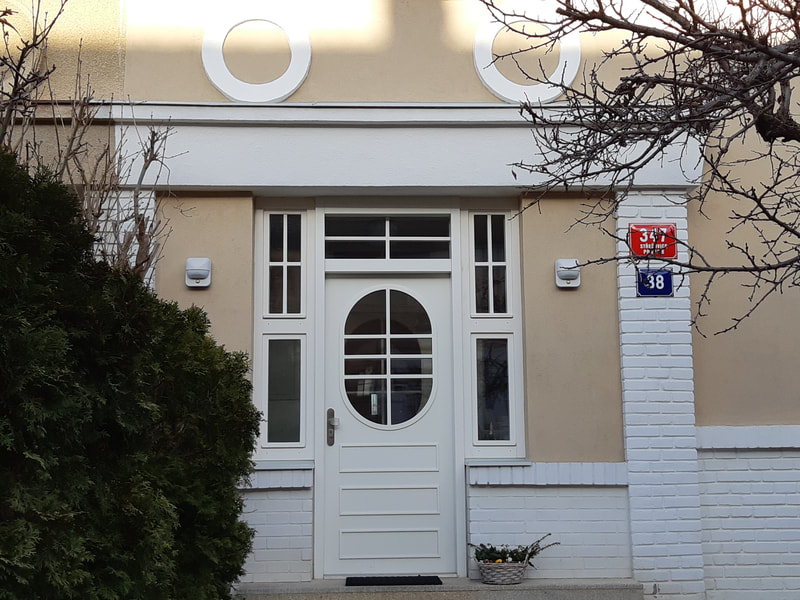
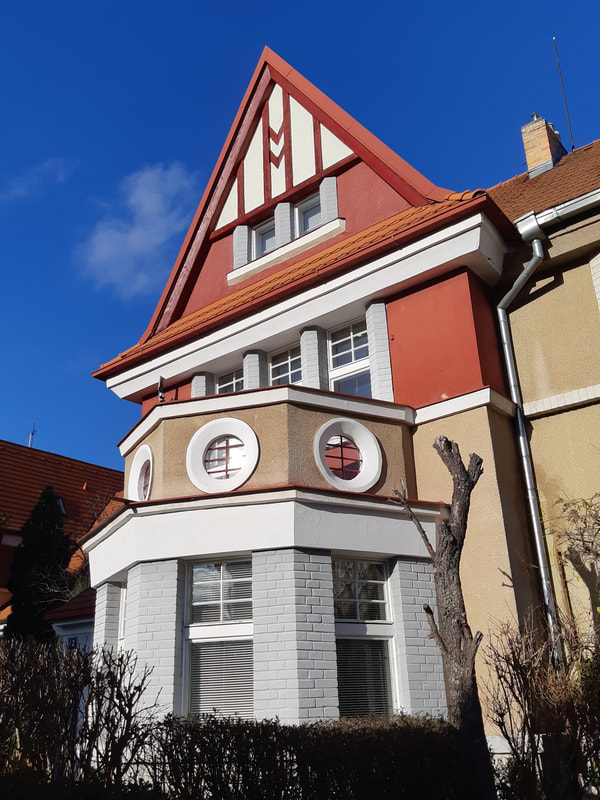
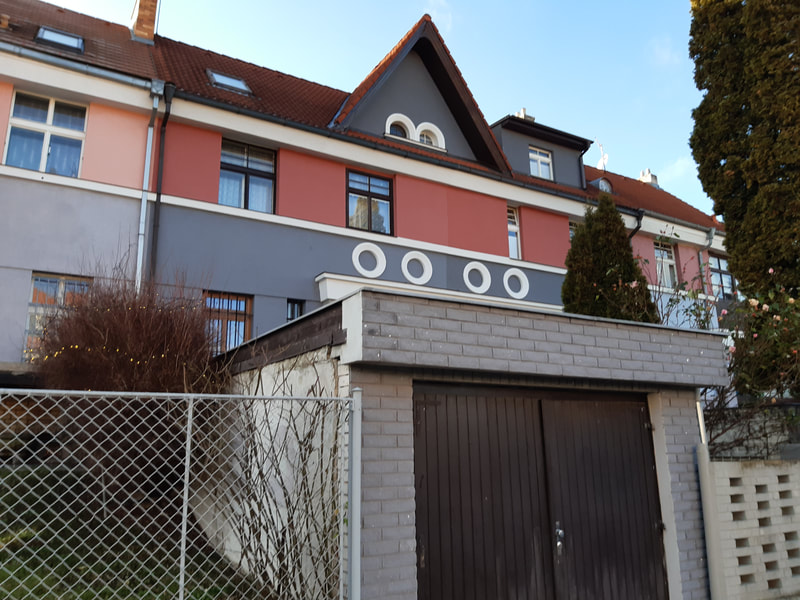
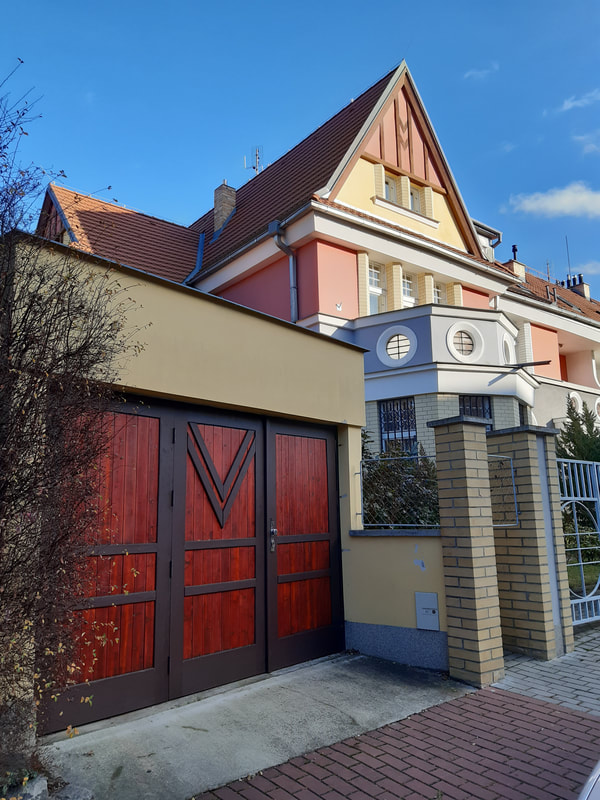
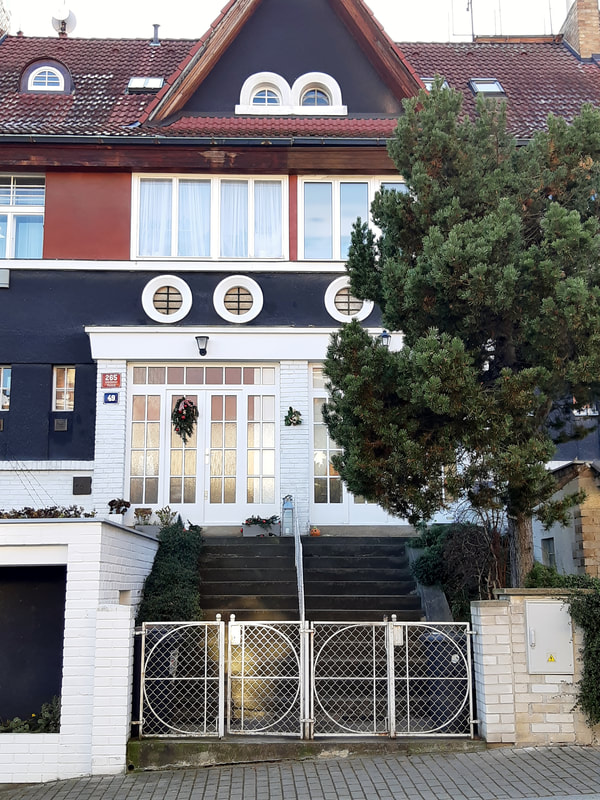
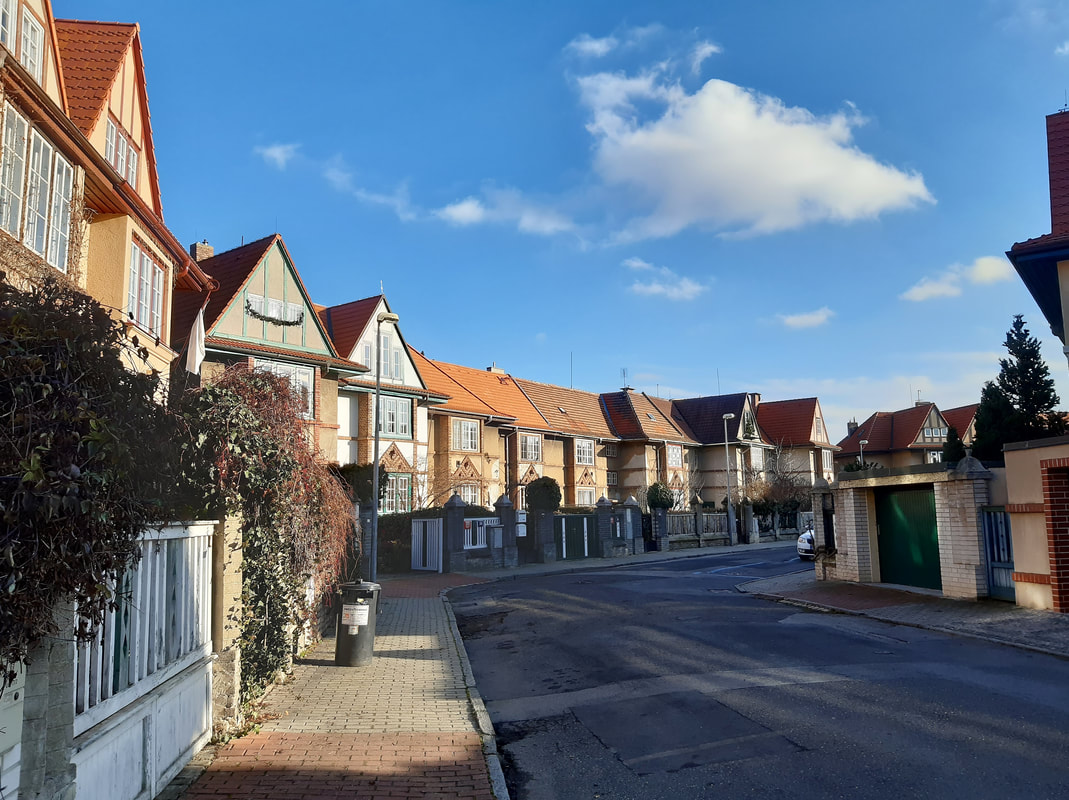
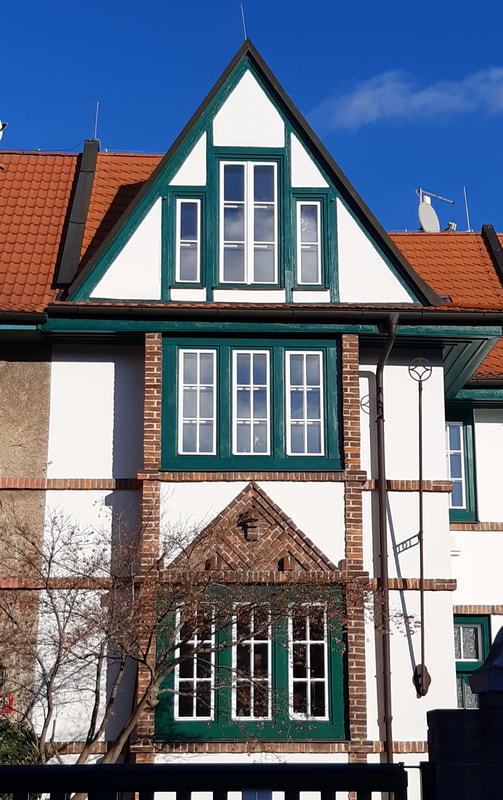
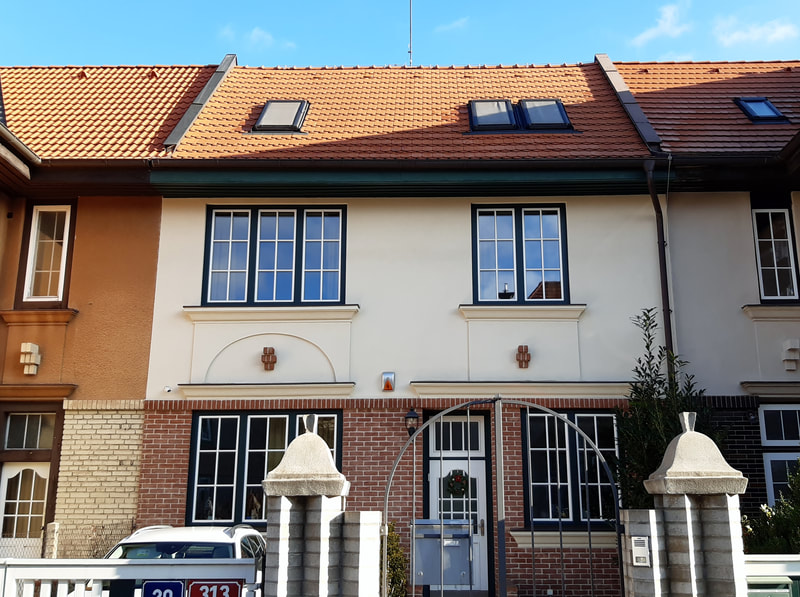
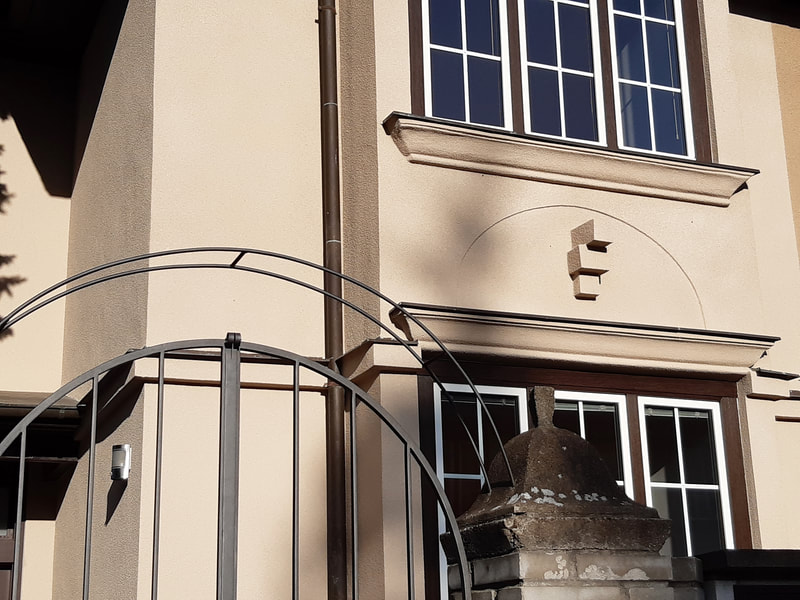
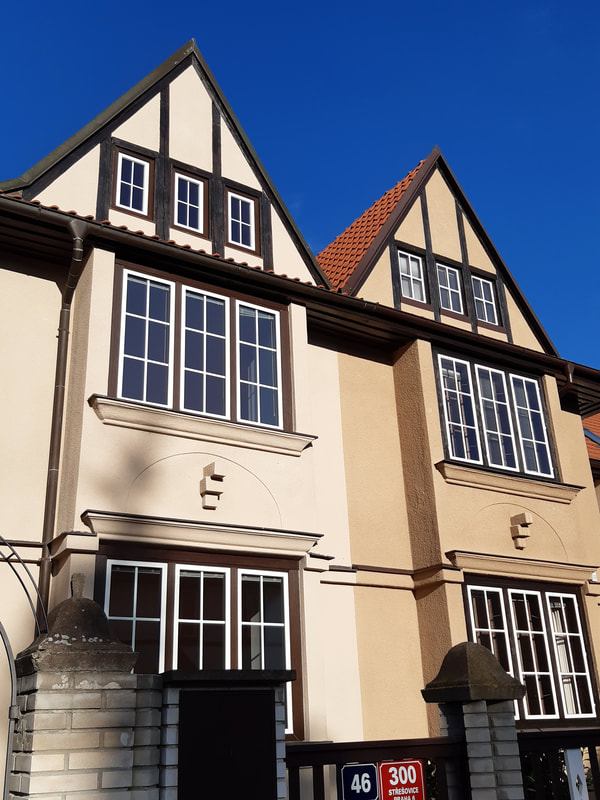
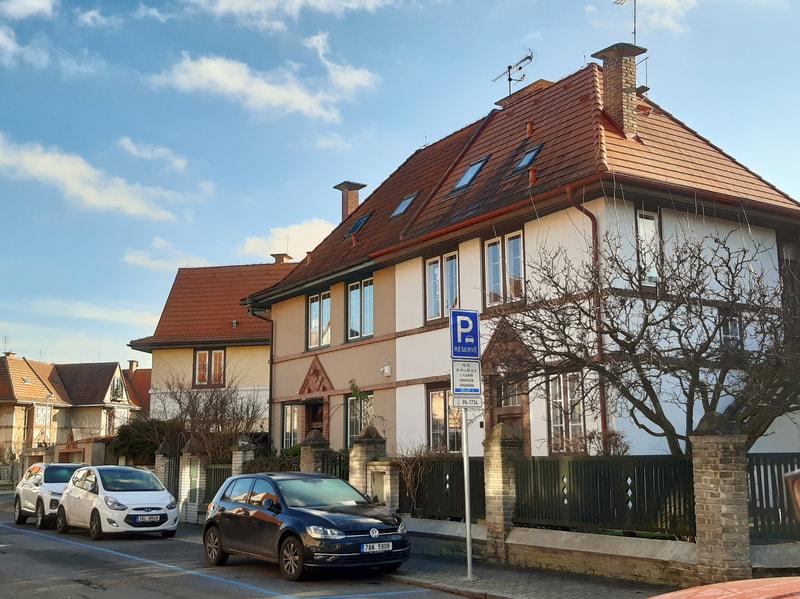
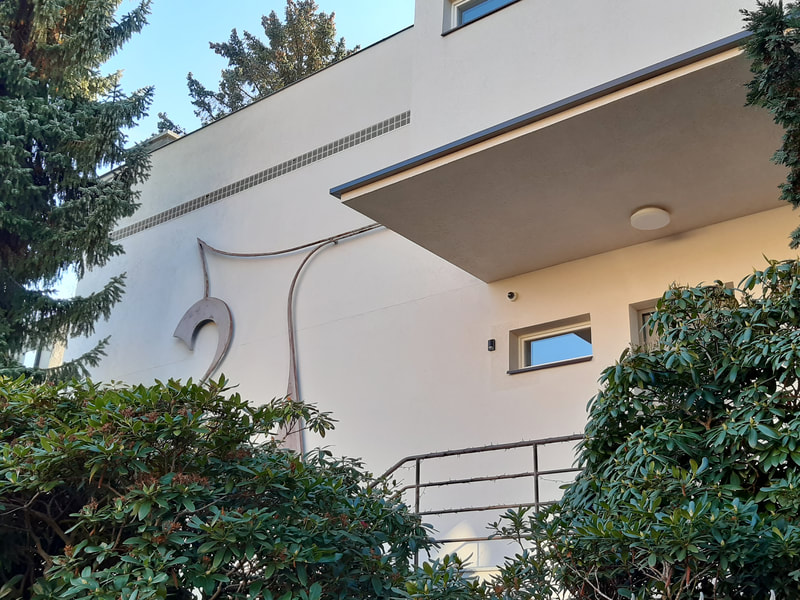
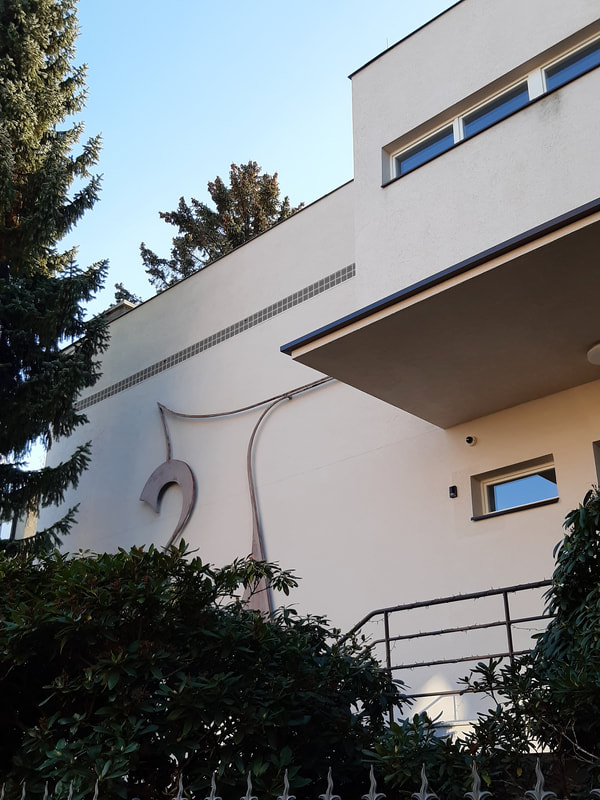
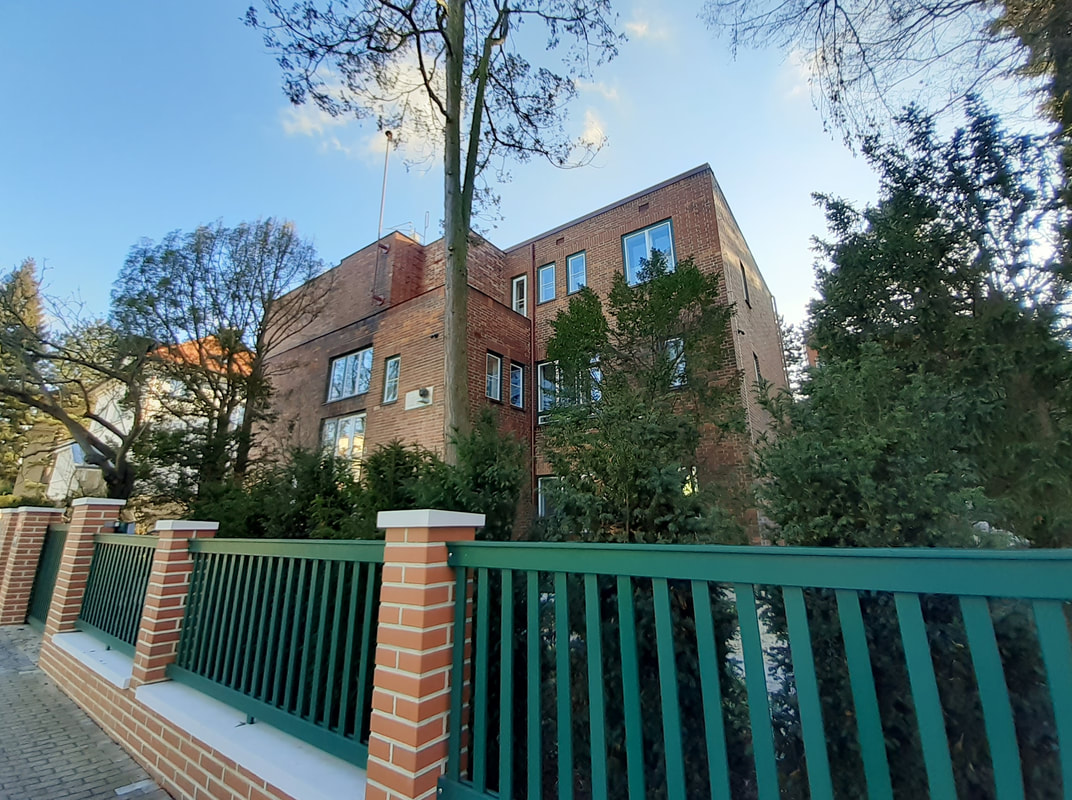
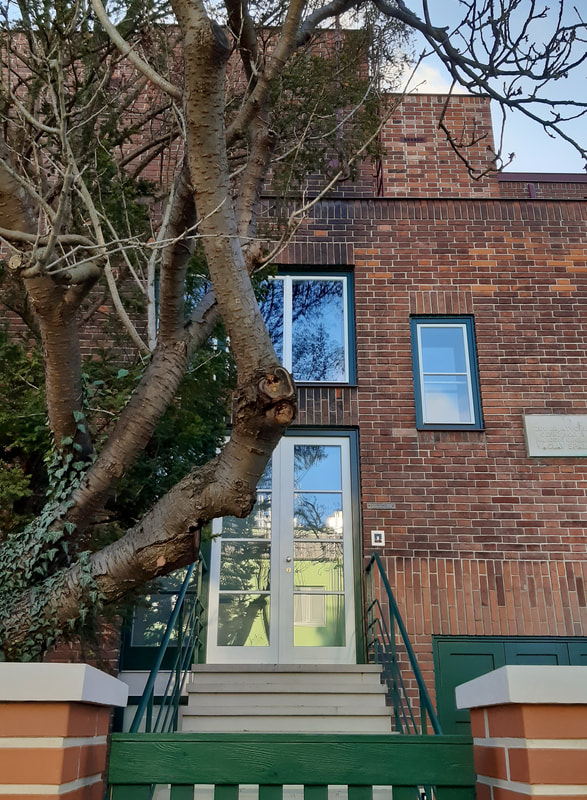
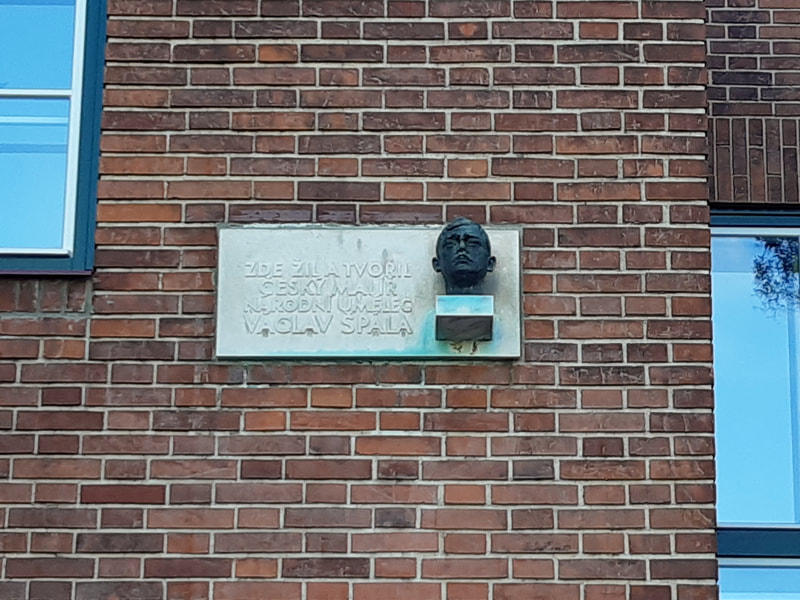
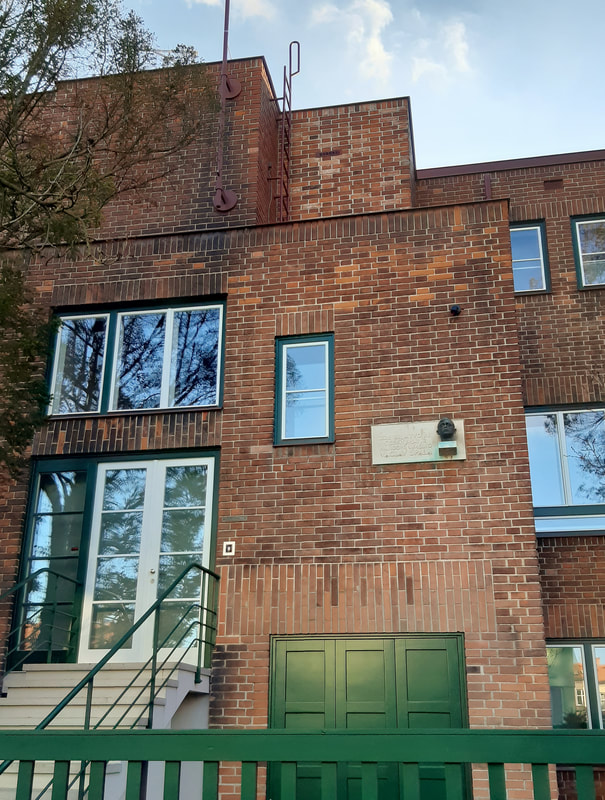
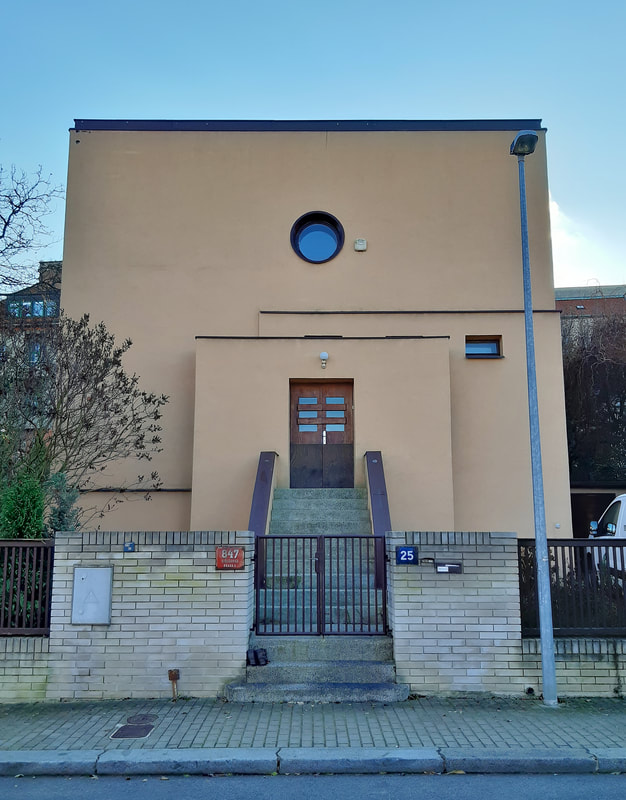
 RSS Feed
RSS Feed